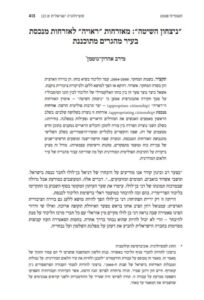The shape of theatre in the city: A theoretical and methodological approach for analyzing artistic activity in urban space (2020)
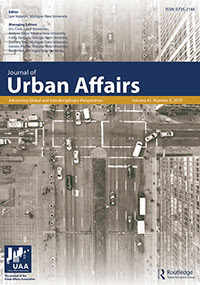
Authors: Sharon Yavo-Ayalon, Tal Alon-Mozes & Meirav Aharon-Gutman
Abstract: This article explores the spatial and social relationship between theatre and the city through the case study of Acre, a mixed peripheral city in Israel. Despite the numerous studies dealing with artistic activity in the city, we still lack a clear, systematic method for understanding art’s role in urban space. This study attempts to overcome this lacuna by suggesting an analytical method for understanding the socio-spatial relations between theatre and the urban space in which it is practiced. The method is based on a juxtaposition of the city’s physical and social structure with the artistic activity of five theatre institutions, and uses super-positioning to combine two research methods: urban research and ethnographic fieldwork. By mapping the artistic activity, it gives shape to an abstract social phenomenon, therefore enabling its spatial analysis. The findings were analyzed according to four spatial categories: enclosure, centrality, axiality, and permeability. In the case study we explored, the artistic activity shape was limited by the city’s physical and social structure and had little effect on its immediate urban surroundings. We nonetheless emphasize the applicability of this methodology to other cities and other fields of art that could produce different shapes and lead to different outcomesץ
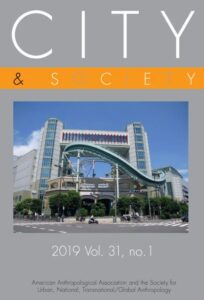
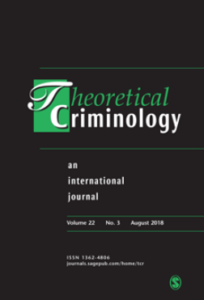
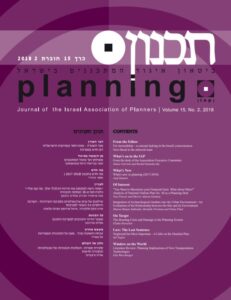

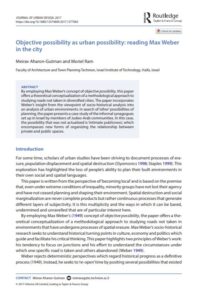
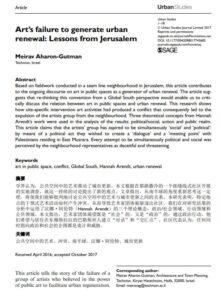

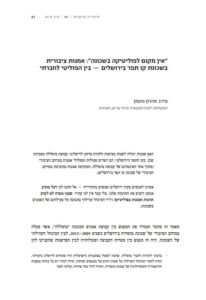
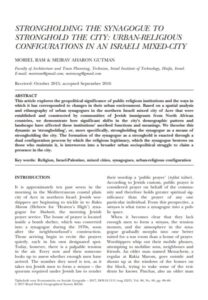
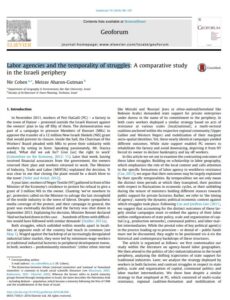
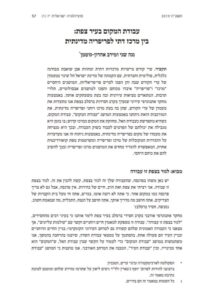

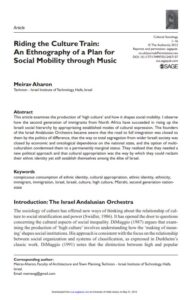
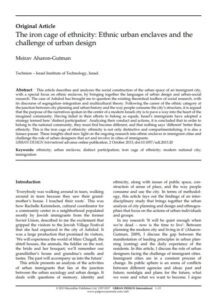
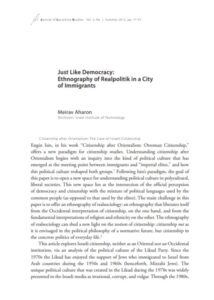
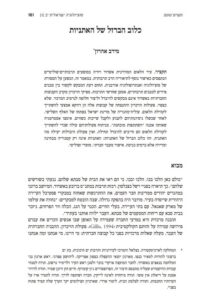
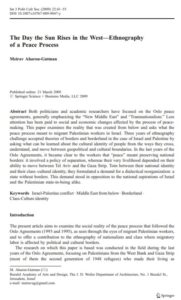 Authors: Meirav Aharon-Gutman
Authors: Meirav Aharon-Gutman
